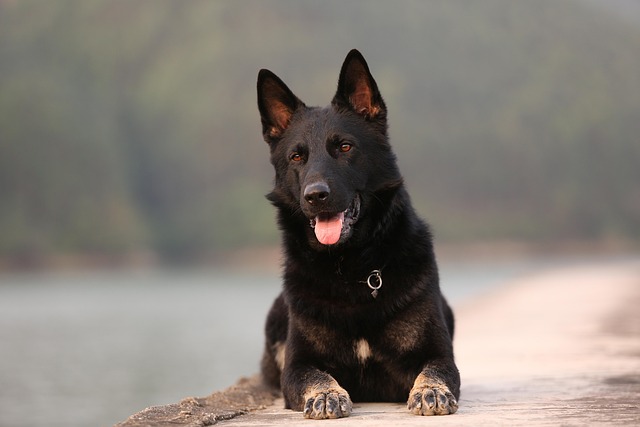
How can I tell if my dog's heatstroke is serious
Let’s be real: It’s a sticky August morning in Los Angeles, and you took your 2-year-old Golden Retriever, Max, for a walk a little later than usual
Certain dog breeds face restrictions in parts of Europe and North America, and Afghan Hounds sometimes land on these lists—though not everywhere. It’s not about the breed being inherently dangerous, but a mix of practical challenges and local regulations that make them tricky fits for some communities.
Afghan Hounds have a strong prey drive, a trait rooted in their history as hunting dogs in mountainous regions. This instinct can make them bolt after small animals, ignoring commands in moments of excitement. In densely populated areas, this poses risks—like darting into traffic or disturbing neighbors. A 2023 incident in a UK town made headlines when an Afghan Hound, spooked by a squirrel, escaped its yard and caused a minor collision. Such cases, while rare, feed into local concerns about public safety.
Another factor is their exercise needs. These dogs aren’t built for apartment living; they require daily runs and space to stretch their long legs. In cities with strict leash laws or limited green spaces, meeting those needs becomes tough. Owners who can’t provide adequate activity might see behavioral issues—like excessive barking or digging— which can strain community relations and lead to breed-specific complaints.
 It’s also worth noting that regulations vary widely. A city in Germany might restrict Afghan Hounds based on size, while a county in the US focuses on perceived "dangerous breeds"—a category that’s often vague and inconsistently applied. This patchwork of rules means owners need to research local laws thoroughly, even if the breed isn’t banned nationwide. Failing to do so could result in fines, or worse, having to rehome a pet.
It’s also worth noting that regulations vary widely. A city in Germany might restrict Afghan Hounds based on size, while a county in the US focuses on perceived "dangerous breeds"—a category that’s often vague and inconsistently applied. This patchwork of rules means owners need to research local laws thoroughly, even if the breed isn’t banned nationwide. Failing to do so could result in fines, or worse, having to rehome a pet.
Cultural perceptions play a role too. In some areas, large or "exotic" breeds face stereotypes as being harder to train or more aggressive—despite evidence that a dog’s behavior depends more on upbringing than breed. Afghan Hounds, with their regal appearance and independent streak, might be misunderstood as unmanageable, leading to unwarranted restrictions.
For potential owners, the key takeaway is preparation. Before bringing an Afghan Hound home, check local ordinances, assess your living situation, and commit to training that addresses their unique traits. Responsible ownership not only keeps your pet happy but also helps combat negative stereotypes that lead to bans in the first place.
In the end, breed restrictions are rarely about the dogs themselves. They’re a reflection of community priorities, safety concerns, and sometimes misinformation. By staying informed and being a diligent owner, you can navigate these challenges and ensure your Afghan Hound thrives—wherever you live.

Let’s be real: It’s a sticky August morning in Los Angeles, and you took your 2-year-old Golden Retriever, Max, for a walk a little later than usual

You're enjoying a summer afternoon at the park when you notice your dog has stopped panting and appears disoriented - their gums are bright red

Let’s paint the picture: You’re in your Denver apartment, watching your 4-year-old Boston Terrier, Ruby, plop down mid-play session with her favorite toy

Many dog owners notice their pets nails seem shorter after regular walks,but how much does this daily activity actually help?The answer depends on where you walk—concrete sidewalks or asphalt streets gently file nails as a dog's paws hit the ground

Most dog owners notice their pup scooting across the carpet at some point, but few connect it to impacted anal glands. These small sacs near a dog’s rectum secrete a scent for marking territory

Most vets agree that regular dog teeth cleaning is key to avoiding painful dental issues later. For healthy adult dogs, a professional cleaning at the vet’s office every 12 to 18 months usually works well.